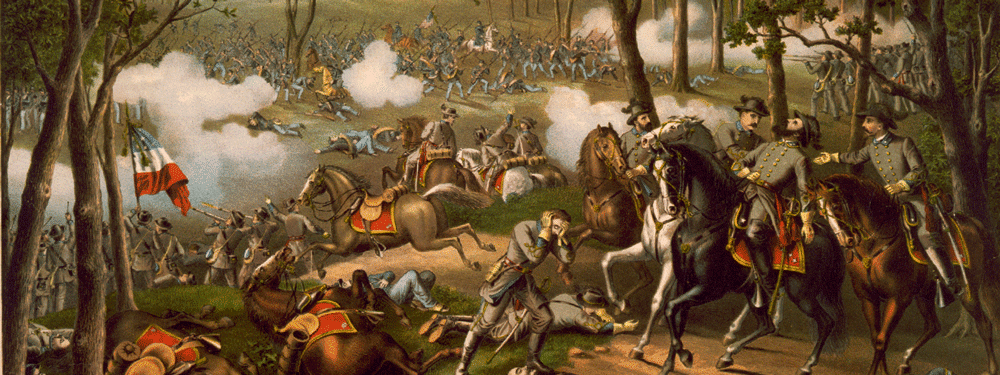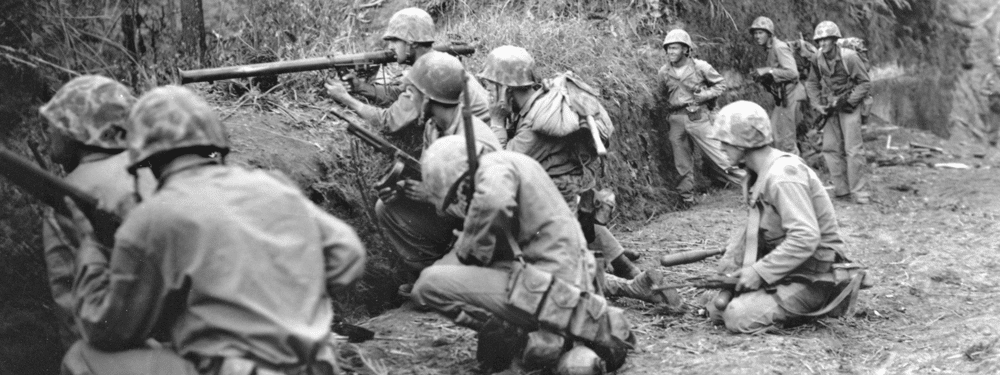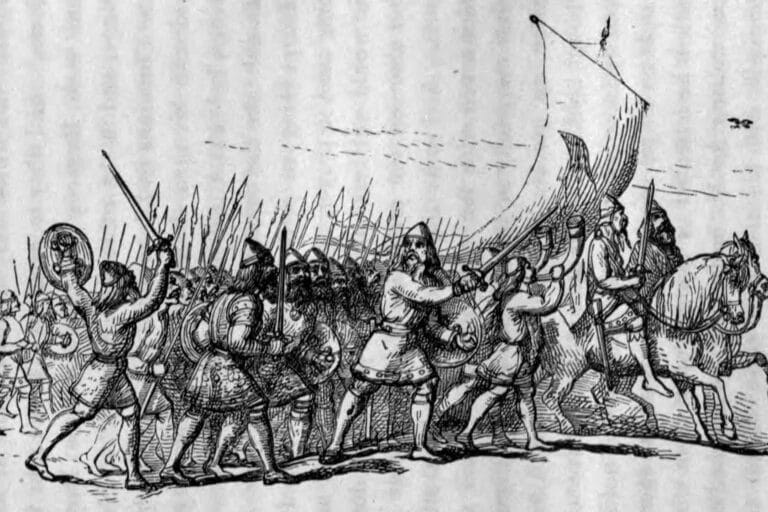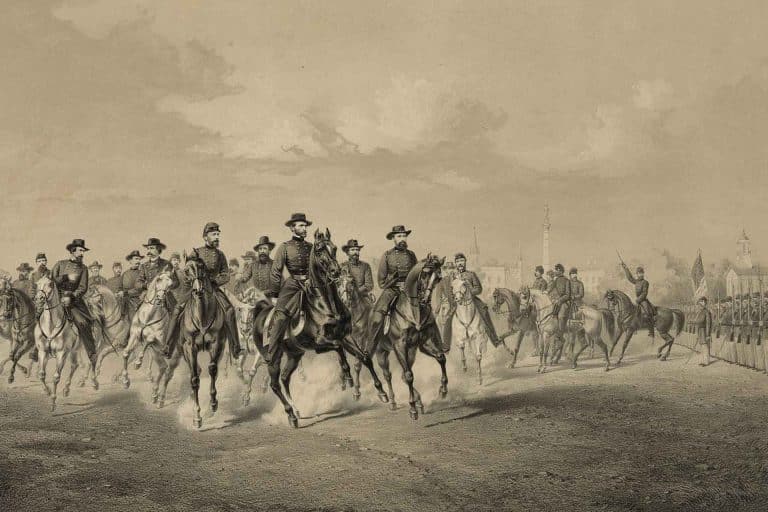What Is a Pyrrhic Victory? 10 Real-World Examples
A Pyrrhic victory is a triumph that comes at such a devastating cost that it effectively amounts to a defeat. Though technically victorious, the winner suffers irreplaceable losses—whether in lives, resources, or long-term stability—that outweigh any short-term gains. The concept emphasizes that not all victories are beneficial, significantly when the price paid undermines the very purpose of the conflict.
Throughout history, empires and armies have experienced Pyrrhic victories that reshaped political landscapes and military strategies. These outcomes are potent reminders that winning on the battlefield or in diplomacy does not always equate to true success. This article explores ten notable real-world examples that illustrate the high cost of hollow victories.
The Battle of Heraclea
280 BC
Epirus
Commander: Pyrrhus of Epirus
Strength: Approx. 25,000 (including 20 war elephants)
Casualties & Losses: Estimated 4,000–7,000
Roman Republic
Commander: Publius Valerius Laevinus
Strength: Approx. 30,000
Casualties & Losses: Estimated 7,000–15,000

Fought in 280 BC near the river Siris in southern Italy, the Battle of Heraclea was the first major engagement between the Roman Republic and Pyrrhus of Epirus. Pyrrhus, a Greek king with ambitions of expanding his influence in Italy, came to aid the Greek city of Tarentum against Roman aggression. Armed with experienced troops and his famed war elephants, Pyrrhus managed to defeat the Roman forces under Consul Laevinus, shocking the Republic with an unfamiliar style of warfare.
Despite the tactical victory, Pyrrhus suffered heavy casualties among his veteran troops—losses he could not replenish as easily as the Romans. The Romans, though defeated, showcased remarkable discipline and resilience, leaving Pyrrhus aware that future engagements would be even harder fought. After this costly success, he is believed to have uttered his famous remark: “If we are victorious in one more battle with the Romans, we shall be utterly ruined.”
Heraclea set the tone for the costly nature of Pyrrhus’ Italian campaign. Though technically a win, it exposed the limitations of his resources and the tenacity of Roman resolve. The tone was set for the term “Pyrrhic victory”to be established.
The Battle of Asculum
279 BC
Epirus
Commander: Pyrrhus of Epirus
Strength: Approx. 40,000 (including elephants and Greek allies)
Casualties & Losses: Estimated 3,500–5,000
Roman Republic
Commander: Publius Decius Mus
Strength: Approx. 40,000
Casualties & Losses: Estimated 6,000–8,000
The Battle of Asculum, fought in 279 BC in southern Italy, marked the second major clash between Pyrrhus of Epirus and the Roman Republic. Pyrrhus once again fielded his war elephants and Greek-style phalanx, engaging Roman forces under the command of Consul Publius Decius Mus. After a brutal two-day struggle, Pyrrhus emerged victorious—technically. However, the victory came at an unsustainable cost.
Unlike the Romans, who could draw from vast manpower reserves, Pyrrhus struggled to replenish his elite soldiers and Greek allies. Ancient historians like Plutarch quote Pyrrhus as lamenting, “Another such victory and I am undone,” a sentiment that would give birth to the expression “Pyrrhic victory.” His army had won the field but at the cost of weakening his long-term campaign.
The aftermath of Asculum further eroded Pyrrhus’ momentum. Though he had defeated the Romans twice, he failed to break their will or gain the decisive advantage he sought. His costly success exemplified how a battlefield win could mask deeper strategic failure—an idea now embedded in the term that bears his name.

Battle of Bunker Hill
June 17, 1775
British Empire
Commander: General William Howe
Strength: Approx. 2,200
Casualties & Losses: Over 1,000 (226 Killed – 828 Wounded)
Continental Forces
Commanders: Colonel William Prescott, General Israel Putnam
Strength: Approx. 1,500
Casualties & Losses: About 450 (Approx. 115 Killed – 305 Wounded – 30 Captured)
Fought early in the American Revolutionary War, the Battle of Bunker Hill was technically a British victory, as the British succeeded in driving colonial forces from their fortified positions on Breed’s Hill. However, the win came at a staggering cost. British troops suffered over 1,000 casualties—more than twice the number sustained by the American defenders. It was one of the bloodiest engagements of the war and a sobering reality check for the British command.
The Americans ultimately retreated due to a lack of ammunition, but the battle symbolized resistance and resilience. A British officer reportedly remarked, “a few more such victories would have ruined us.” The heavy losses undermined British morale and exposed the challenges of subduing a determined colonial uprising.
Strategically, the British gained ground, but the Americans gained something greater: confidence. The fierce stand by relatively untrained militias against seasoned British regulars inspired widespread support for the revolutionary cause. In hindsight, Bunker Hill was a Pyrrhic victory that weakened the victors and strengthened the defeat’s resolve.

The Battle of Borodino
September 7, 1812
French Empire
Commander: Napoleon Bonaparte
Strength: Approx. 130,000
Casualties & Losses: 28,000–35,000 (Around 6,500 Killed – Tens of Thousands Wounded)
Russian Empire
Commander: General Mikhail Kutuzov
Strength: Approx. 120,000
Casualties & Losses: 38,000–45,000 (Including Over 15,000 Killed)
The Battle of Borodino was the bloodiest single-day engagement of the Napoleonic Wars and a grim prelude to the French occupation of Moscow. Although Napoleon technically won by forcing the Russians to retreat, the battle cost was staggering. French forces suffered tens of thousands of casualties in exchange for a hollow victory over a retreating enemy. The Russian army, though battered, remained intact and avoided annihilation.
Napoleon hesitated to deploy his Imperial Guard, which might have secured a more decisive outcome. Instead, his army advanced into a stripped and burning Moscow, only to find no formal surrender. Without supplies or shelter, the Grand Armée began its infamous retreat, hounded by Russian troops and scorched-earth tactics.
Borodino has since come to symbolize the dangers of winning a battle while losing the war. Napoleon’s Pyrrhic victory sapped his strength at a critical juncture. As historian Adam Zamoyski wrote, “Borodino broke the spell of French invincibility.” The path to Moscow ended in disaster, with only a fraction of the original army returning to France.

Battle of Malplaquet
September 11, 1709
Grand Alliance (British, Dutch, Austrians)
Commanders: Duke of Marlborough, Prince Eugene of Savoy
Strength: Approx. 86,000
Casualties & Losses: 20,000–25,000
Kingdom of France
Commander: Marshal Villars
Strength: Approx. 75,000
Casualties & Losses: 11,000–12,000
The Battle of Malplaquet, fought during the War of the Spanish Succession, was one of the bloodiest battles of the 18th century. Although the Allied forces forced the French to retreat from the battlefield, the victory came at a terrible price. The Allies suffered twice the number of casualties as the French, especially among the Dutch troops, whose front-line assault was met with brutal resistance.
This costly success was widely seen as a pyrrhic victory. The sheer scale of the losses shocked European observers and led to a dramatic decline in support for the war effort, particularly in Britain and the Dutch Republic. The carnage at Malplaquet did little to shift the strategic balance and contributed to a growing desire for peace.
Marshal Villars reportedly wrote to Louis XIV, “If God gives us the grace to lose such a battle again, Your Majesty may count on his enemies being destroyed.” The remark captured the ironic outcome: France, though defeated tactically, emerged with a reinforced strategic position. Malplaquet remains a cautionary tale about the costs of a pyrrhic victory when even a successful battlefield outcome.

The Battle of Guillemont. 3 -5 September 1916. Dead German soldiers scattered in the wreck of a machine gun post near Guillemont. The photograph shows the destruction which occurred when the defense had no deep shelter. – John Warwick Brooke, Public domain, via Wikimedia Commons
Battle of the Somme
July 1 – November 18, 1916
British and French Empires
Commanders: General Douglas Haig, General Ferdinand Foch
Strength: Approx. 1.2 million
Casualties & Losses: Approx. 620,000 (420,000 British, 200,000 French)
German Empire
Commanders: General Fritz von Below, General Max von Gallwitz
Strength: Approx. 1.1 million
Casualties & Losses: Approx. 500,000
The Battle of the Somme, one of the most infamous confrontations of World War I, epitomized the futility of trench warfare. On the very first day, British forces suffered over 57,000 casualties—the deadliest day in British military history. Despite months of fighting, the Allies advanced only about six miles, a gain far outweighed by the staggering loss of life.
This engagement is often cited as a classic pyrrhic victory. Though the Allies eventually wore down German defenses and claimed minor territorial gains, the cost in human life was catastrophic for all sides. The intended breakthrough never materialized, and the battle left scars far beyond the battlefield.
Soldiers endured relentless artillery bombardments, machine gun fire, and muddy trenches with little strategic progress. As the war dragged on, the Somme became a grim symbol of World War I’s brutality. British soldier Siegfried Sassoon later wrote, “I died in Hell – They called it Passchendaele,” but the sentiment could easily apply to the Somme.

The Battle of Chancellorsville
April 30 – May 6, 1863
Confederate States of America
Commanders: General Robert E. Lee, General Thomas “Stonewall” Jackson
Strength: Approx. 60,000
Casualties & Losses: Approx. 13,000
United States (Union)
Commanders: Major General Joseph Hooker
Strength: Approx. 130,000
Casualties & Losses: Approx. 17,000
The Battle of Chancellorsville is often cited as General Robert E. Lee’s most brilliant tactical victory. Vastly outnumbered, Lee audaciously split his forces and launched a surprise flank attack led by General “Stonewall” Jackson that threw Union troops into chaos. The Confederate forces routed a much larger army and reclaimed momentum in the Eastern Theater of the Civil War.
Yet, the cost of victory proved devastating. During the battle, Jackson was mistakenly shot by his men while scouting ahead, ultimately dying from pneumonia brought on by his wounds. His death was a profound loss for the Confederate command. For all its military brilliance, Chancellorsville was a pyrrhic victory that undermined the South’s long-term ability to win the war.
Lee himself mourned the consequences. Without Jackson, the Confederate army lost a strategist of rare caliber. Future campaigns, including the ill-fated Gettysburg offensive, would suffer from this loss. As Confederate strength waned, Chancellorsville stood as a costly reminder that even triumph can bring irrevocable setbacks.

The Battle of Okinawa
April 1 – June 22, 1945
United States
Commanders: Admiral Chester W. Nimitz, General Simon Bolivar Buckner Jr.
Strength: Approx. 183,000 troops
Casualties & Losses: Over 50,000 (12,500+ killed)
Empire of Japan
Commanders: General Mitsuru Ushijima
Strength: Approx. 77,000 troops
Casualties & Losses: Over 100,000 military deaths; tens of thousands of civilian casualties
The Battle of Okinawa was the final major amphibious assault in the Pacific Theater of World War II and one of its bloodiest. American forces launched the invasion to use Okinawa as a staging ground for a possible invasion of mainland Japan. What followed was nearly three months of grueling combat against deeply entrenched Japanese defenders. Kamikaze attacks, cave warfare, and civilian suicides made the battle uniquely horrific.
Though the United States emerged victorious and captured the island, the cost was staggering. Over 50,000 American casualties and an even higher toll for Japanese soldiers and civilians marked it as a pyrrhic victory. The sheer scale of the suffering led many U.S. officials to reconsider the feasibility of a ground invasion of Japan, directly influencing the decision to use atomic bombs.
Okinawa became a symbol of both strategic gain and human loss. General Buckner, the highest-ranking U.S. officer killed during the war, died during the battle’s final stages. While the U.S. achieved its objective, the devastation made the price of victory unbearably clear.

The Battle of Cannae
August 2, 216 BC
Carthaginian Forces
Commander: Hannibal Barca
Strength: Approx. 50,000 troops
Casualties & Losses: Estimated 5,700
Roman Republic
Commanders: Consuls Lucius Aemilius Paullus and Gaius Terentius Varro
Strength: Approx. 80,000–86,000 troops
Casualties & Losses: Over 50,000–70,000 killed, 10,000 captured
The Battle of Cannae remains one of history’s most brilliant tactical victories. Outnumbered and deep in enemy territory, Hannibal executed a double envelopment maneuver that annihilated the much larger Roman army. The Roman losses were catastrophic, with entire legions wiped out in a single day. Ancient historian Livy called it a “disaster unprecedented and unparalleled,” while the psychological blow to Rome was immense.
Despite the staggering success, Cannae was a pyrrhic victory for Hannibal. He lacked the manpower and political support to march on Rome itself. Without reinforcements from Carthage, he could not deliver a final blow. Rome, though devastated, quickly rebuilt its forces and adapted its strategies, eventually defeating Hannibal at the Battle of Zama in 202 BC.
Cannae illustrates the fine line between tactical brilliance and strategic failure. Hannibal’s inability to exploit his triumph highlights how even a decisive battlefield success can carry long-term consequences if not paired with broader strategic gains. In this sense, Cannae represents a pyrrhic victory—devastating to the enemy but ultimately unsustainable for the victor.

The Tet Offensive
January 30 – September 23, 1968
North Vietnamese and Viet Cong Forces
Commanders: Võ Nguyên Giáp, Nguyễn Chí Thanh
Strength: Estimated 84,000+
Casualties & Losses: Over 50,000 killed
United States & South Vietnam
Commanders: General William Westmoreland, Nguyễn Văn Thiệu
Strength: Approx. 1.3 million allied troops (combined)
Casualties & Losses: Estimated 9,000–14,000 killed
The Tet Offensive was a massive, coordinated assault launched by North Vietnamese and Viet Cong forces during the Vietnamese New Year. Spanning dozens of cities and military targets, including the U.S. Embassy in Saigon, the offensive was designed to spark an uprising in South Vietnam and erode American morale. Although U.S. and South Vietnamese troops quickly repelled the attacks and inflicted heavy losses on the communists, the psychological and political impact proved far more significant.
Despite suffering staggering casualties and failing to achieve their tactical goals, North Vietnam turned the Tet Offensive into a pyrrhic victory. The shock of the surprise attacks, broadcast nightly into American homes, deeply undermined public support for the war. General Westmoreland’s previous optimism was questioned, and confidence in U.S. leadership eroded rapidly. President Lyndon B. Johnson chose not to seek re-election partly due to the backlash.
Ultimately, Tet marked a turning point. Though North Vietnam was repelled militarily, the offensive succeeded in shifting American public opinion and policy. It exposed the vulnerability of U.S. strategy and gave new life to the anti-war movement. In that sense, the Tet Offensive is a textbook example of a pyrrhic victory—costly in manpower, but transformational in its long-term effect.
The Cost of Pyrrhic Victories
Throughout history, a pyrrhic victory has been a sobering reminder that winning a battle can sometimes mean losing the war. From ancient clashes between empires to the industrialized horrors of modern warfare, the examples in this article show how high the cost of victory can be. In each case, overwhelming losses—whether in soldiers, morale, or strategic standing—ultimately outweighed the triumph on the battlefield.
These hard-won and costly victories offer valuable military strategy and human decision-making lessons. While a pyrrhic victory may offer short-term gains, history reminds us that lasting success depends on sustainability, not sacrifice alone.







